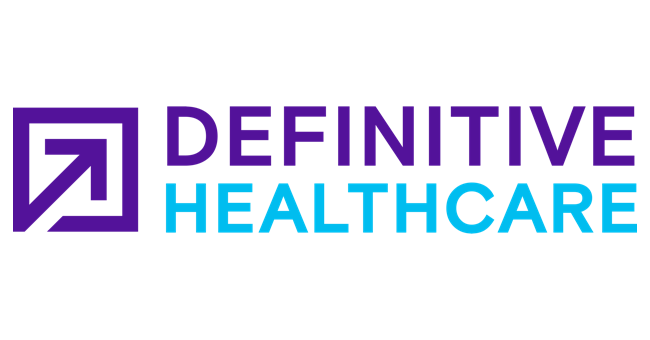Patient Engagement Resources
|
 |
3 technology priorities for today’s healthcare systems
Modernization efforts can feel like a never-ending story, and in a way, they are. Read this blog to explore three key priorities you and your IT and clinical teams should focus on to establish a technological baseline that will support any operational changes you may need to make.

|

|
|
The Patient Access Maturity Matrix: Key Drivers for Efficient Operations
Healthcare organizations must ensure patient access despite barriers such as manual processes and staffing issues. Enhance operational maturity and patient experience with smart scheduling and communication tools. Explore the e-book for strategies to improve access and outcomes.

|

|
|
How to unlock real-time insights into patient experiences
To unlock real-time insights into patient experiences, Stamford Health, a non-profit healthcare system, set out to deploy a patient feedback tool. In this case study, discover how Stamford Health accomplished that mission and the outcomes that the tool has delivered.

|

|
|
Reduce emergency dept. over-utilization with nurse-first triaging
A nurse triage line offers timely advice and lowers healthcare costs. Example: Mark sprains his ankle, calls the nurse line, and is advised home care, skipping the ER. Triage lines may reduce ER visits by 90%, increasing satisfaction. Gain 5 benefits of partnering with a nurse-first triage organization in this indispensable paper.

|

|
|
The guide to build your digital health strategy
The healthcare industry is facing tectonic shifts, and the evidence is how we are beginning to re-define patient experience. This eBook will transform your organization’s digital health strategy by focusing on digital engagement across the care journey through 5 distinct stages, with a starter toolkit and how-to guide to boot.

|

|
|
How to staff and recruit in a physician shortage
Healthcare Staffing is a $19 billion industry, yet there are significant challenges in this market as we are entering a Physician shortage. Recruiting physicians in this market has become increasingly difficult.

|

|
|
|
|
|
|